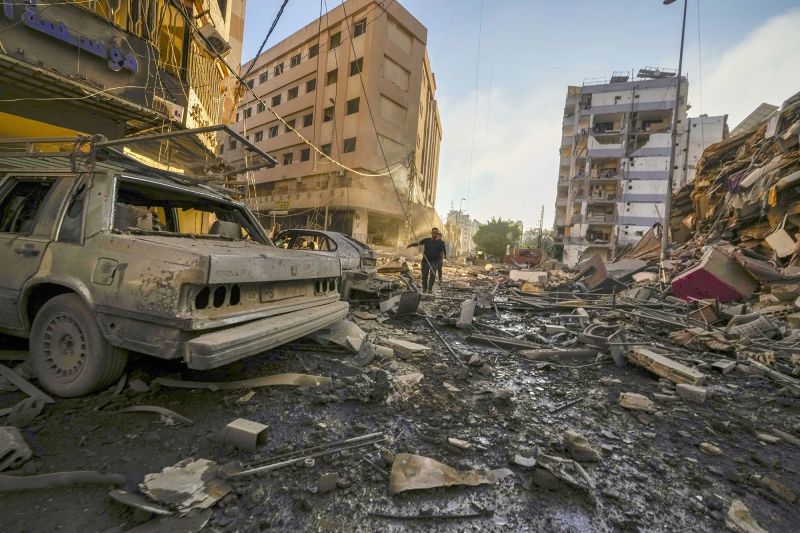Diving into the details of the recent confrontation between Israel and Lebanon, it is apparent that this conflict stands out in stark contrast to others that have occurred in the recent history of the two nations. The intensity and scale of the aerial campaign launched by Israel against Lebanon in August 2021 have not been witnessed in the past two decades, except for similar actions in the Gaza strip.
The crux of the situation can be traced back to the launching of rockets from Lebanese territories towards Israel, which in response, launched a broad and robust bombing campaign against Lebanon. The bombardment, as per multiple reports, was the most aggressive and intensive aerial attack conducted by the Israeli Defense Forces outside of Gaza in the last 20 years.
Throughout this campaign, an array of sites within Lebanon were targeted by Israel, including locations in the south and east of the country. The bombings were reportedly targeted to nullify the imminent threat posed by the rockets that were being fired towards Israel from these areas. It is critical to note here that the onslaught was not only massive in terms of the geographical distribution of the targets but also in terms of the number of sorties flown by the Israeli Air Force and the tonnage of explosives dropped on these sites.
Multiple reports testify to the scale and venom of the bombings. In an official statement, the IDF confirmed striking multiple targets across Lebanon. Notably, the strikes targeted the locations from where rockets were being launched into Israel but also inflicted significant damage on the surrounding infrastructure, raising significant international concerns.
While the Israeli Defense Forces maintained that these actions were necessary to defend Israeli territory and citizens from rocket attacks, the magnitude of the bombardment elicited severe criticism and apprehension from different quarters of the world. International observers and human rights organizations expressed concerns about the collateral damage and the toll on civilians, which the aerial campaign potentially could have inflicted.
It’s essential to highlight that the bombings of August 2021 were not an isolated incident. In fact, they fit into a pattern of escalating tensions and intermittent conflicts that have characterized the relations between Israel and Lebanon for decades. These dynamics stem from a multitude of factors, such as disputed borders, historical grievances, and the role of Iranian-backed Hezbollah in Lebanon, among others.
Nevertheless, the severity and scale of the recent bombings have unearthed discussions and debates about the dynamics of the Israel-Lebanon relations and the nature of the conflicts in the Middle East. Notably, it has raised questions about the use of force and the disproportionality in response, the importance of international law and norms, and the imperatives of preserving peace and stability in conflict-prone regions.
To sum up, the recent Israeli bombardment of Lebanon signifies a significant escalation in the intensity of the confrontations between the two nations. This aerial campaign not only bears witness to the tumultuous relations between Israel and Lebanon but is also reflective of larger geopolitical and strategic dynamics shaping the Middle East region. Moving forward, it would be crucial to monitor how these events evolve and what impact they potentially could have on the larger Middle East peace process.




